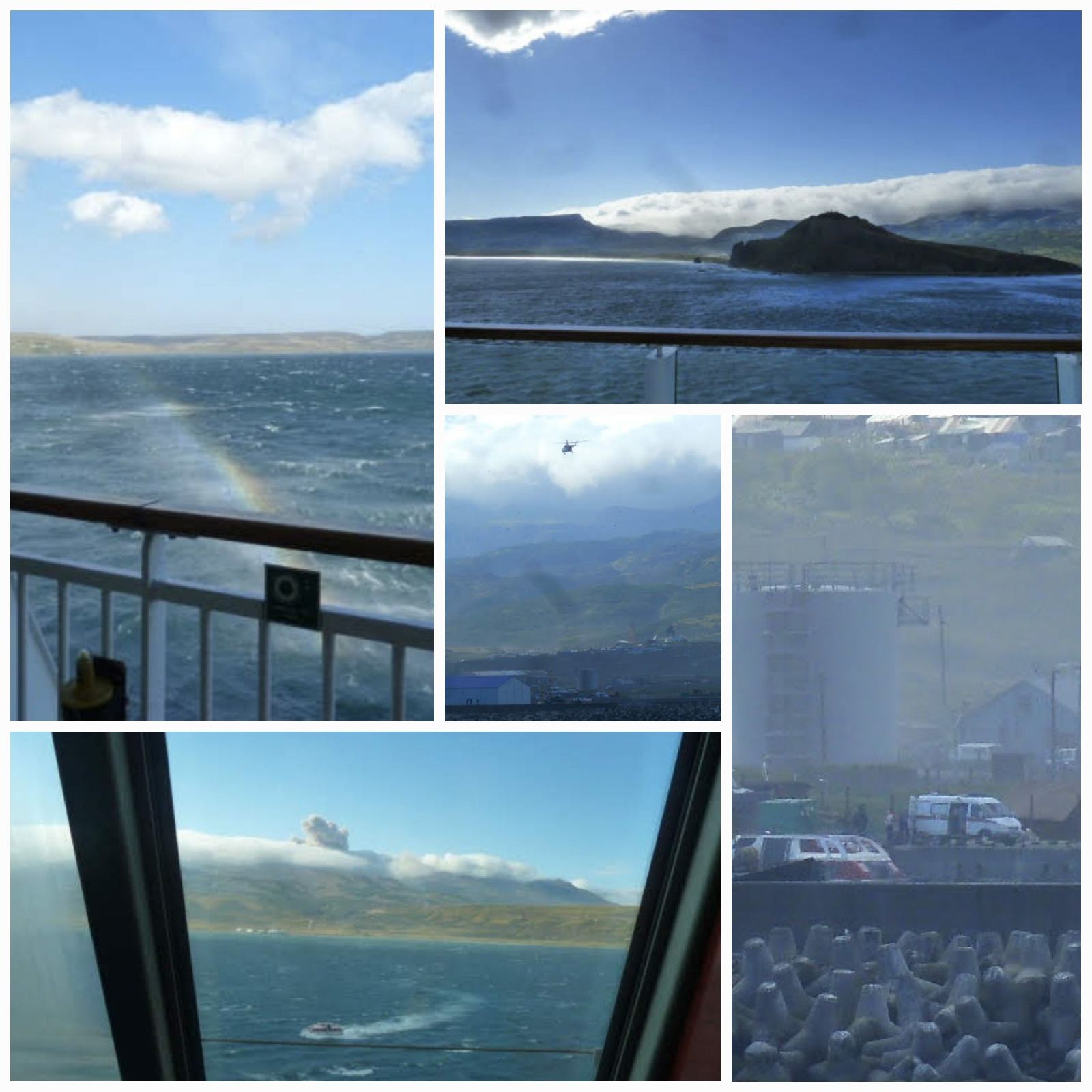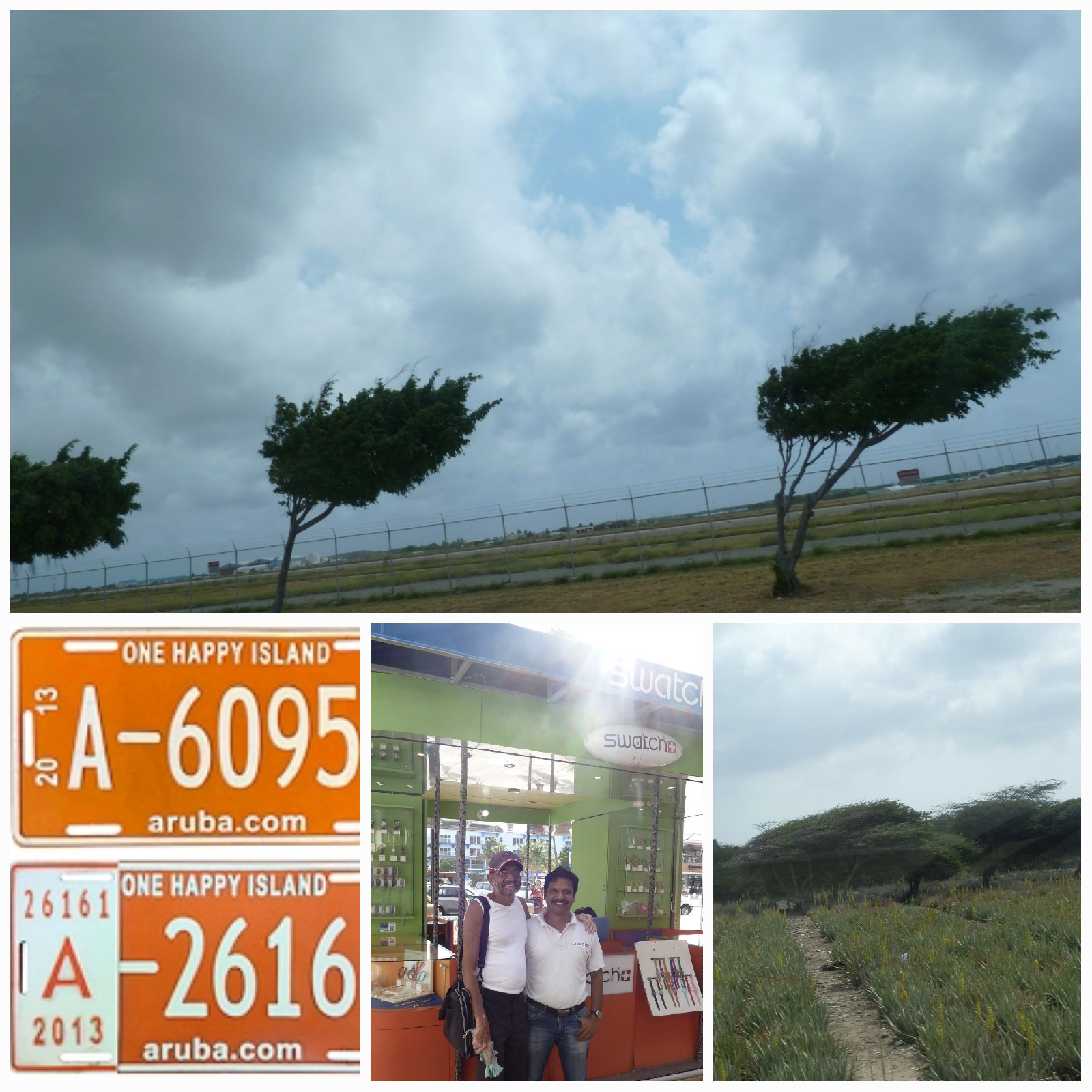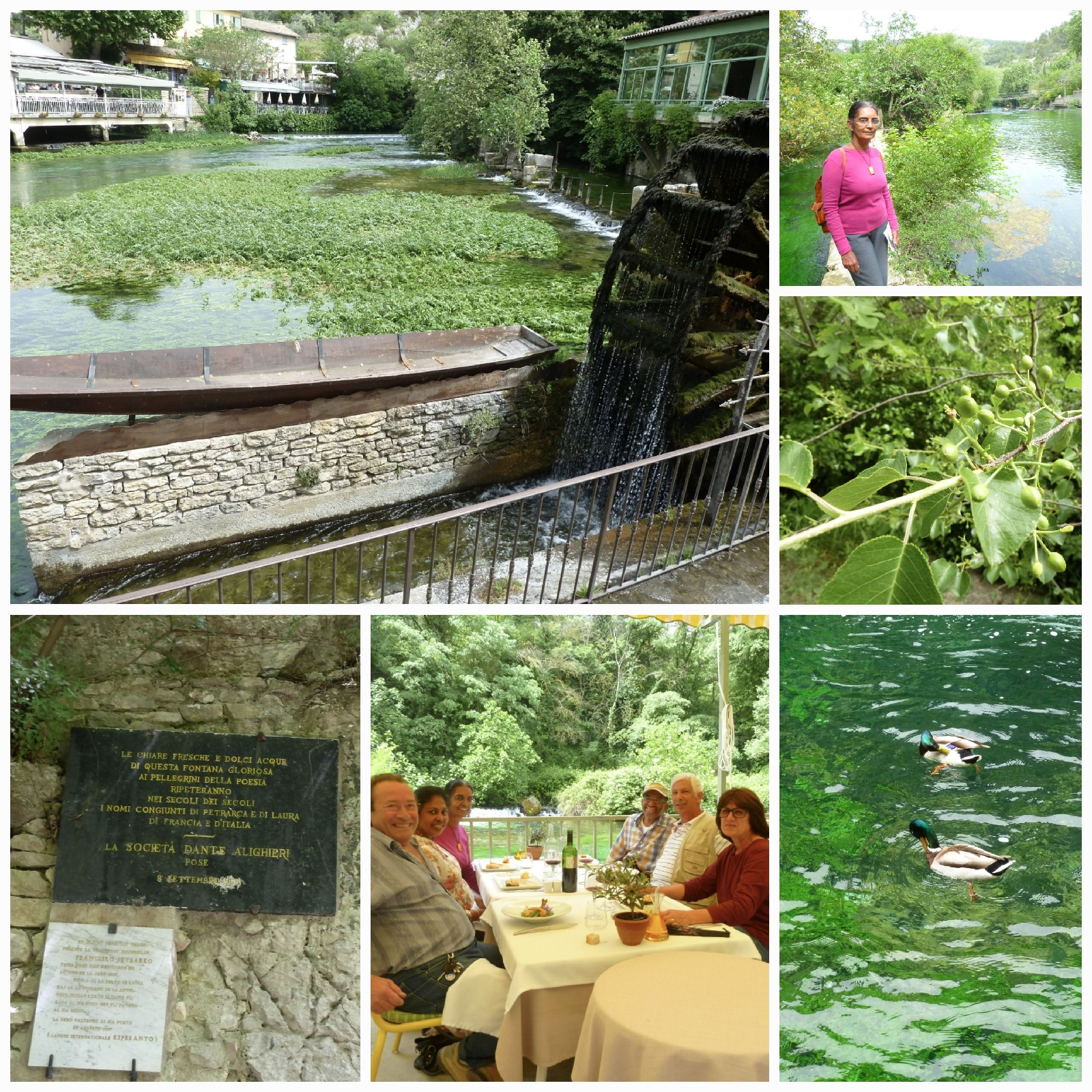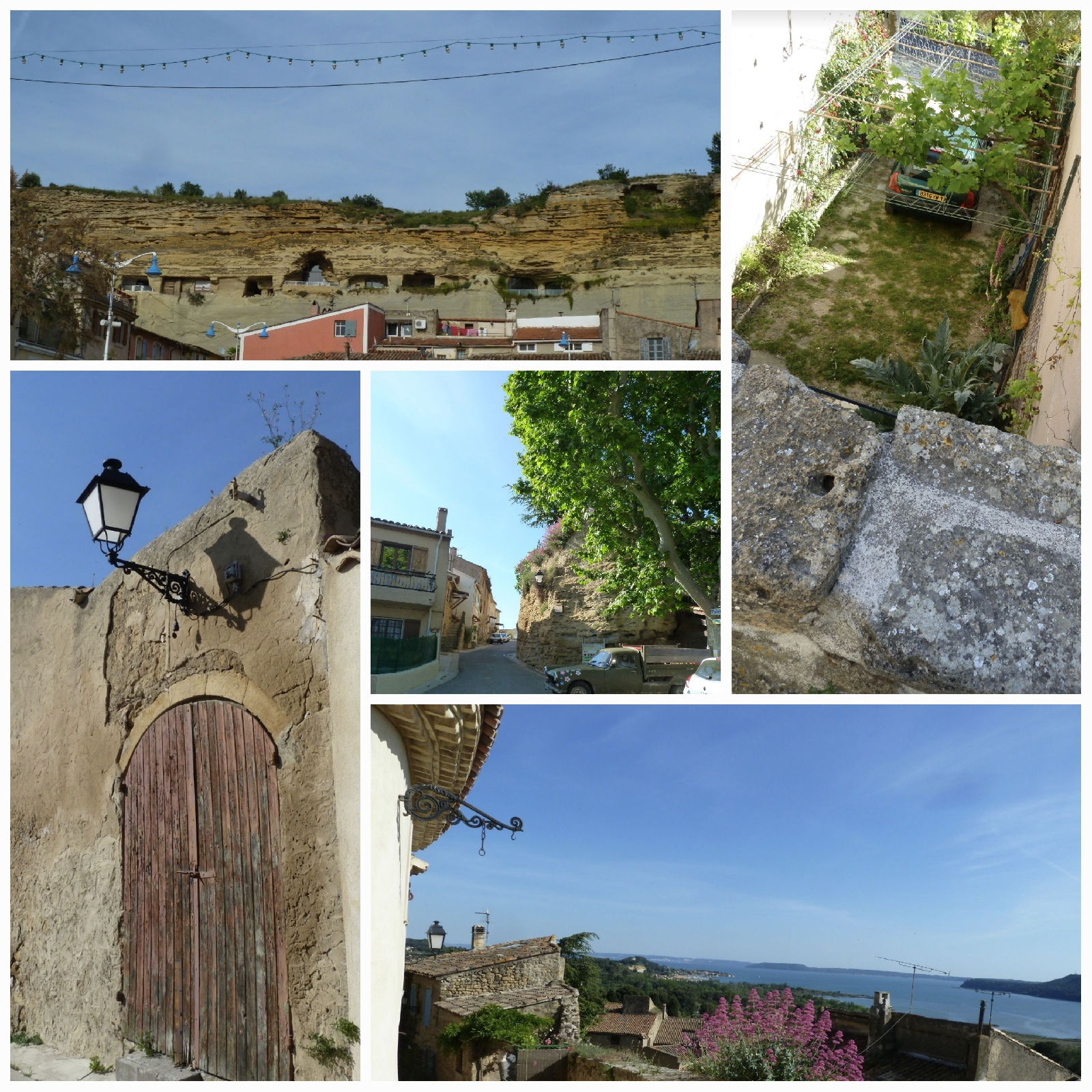Oct 2018
From one land mass to another
We leave Seward, Alaska and are sailing along the edge of the Bering Sea (the divide between the two largest landmasses on Earth: Eurasia and the Americas) where it meets the Pacific Ocean, towards Petropavlosky( Kamchatka Peninsula) along the Eastern Coast of Russia, before cruising south towards Japan( warmer weather).We have a few pleasant sea days enjoying the calm seas and sun rises and sun sets, reading, lounging on deck chairs and conversing with fellow cruisers.
Smiling, happy Russians
We are tendered into the Russian Town. The first thing that amazes us is the relaxed citizens, laughing with their children and sporting broad smiles -- a stark contrast to our experience in St Petersburg. The town along the bay where the museum is is rather quiet. We meet a young couple who are happy to talk to us about their home with a smattering of English. It is the weekend after all and so the tourists have the town practically to themselves, while the local populace is enjoying the beach and the Esplanade. The area's undulating land calls for wide staircases leading to various little parks, teeming with plants and shade trees,at different levels. Like in any city some of the stairs and buildings are in need of repair. Overall the theatre, museum and other important buildings and monuments face the bay with pictureqe hills as backdrop.
At central square, presided over by a statue of Lenin, along the shore of a picturesque, placid lake reflecting the volcanos (Koryakskaya Sopka) and the hills surrounding the town, people of all ages sail various types of miniature boats. There is also a statue of Peter and Paul , after whom the town is named. Apart from that there are two red buildings that seem like cottages. They are actually 'mini' hotels.
Will malls and restaurants be any busier?
Heading out away from the bay we take Lenin avenue towards the commercial part of town. We climb a hill to the Holy Trinity Cathedral, an Orthodox church, the nave replete with icons and paintings of saints, its cupolas topped by typical onion-shaped domes where crosses are mounted. The church is undergoing renovations and hence the other wings are closed to the public. Wandering around the building we are greeted by a scenic view of the Avacha Bay with our ship just 'below' us. It's a long walk from here into the city centre but along the way we stop at the bus stops and tread along paths between trees in their autumn splendour, passing by stark University buildings. We enter a shopping mall at whose entrance is an ice cream parlour. Within the mall few stores are open, but fur stoles and coats dominate. There are very few customers. A supermarket is well stocked and inviting. Outside there is a huge car park ( but where are the weekend shoppers?)and beside it a bus station. We see more activity here. In the alleys there are also vendors with little portable carts loaded with cheaper clothing, footwear, etc.
Coordinated effort in a medical emergency
That evening we set sail towards Japan. All seems to be going smoothly until the seas seem to pick up. And then we stop. A guest on board needs immediate medical attention. The services available on board will not suffice. We are in deep waters within tendering distance from another small port along the Kamchatka peninsula. A tender is lowered into the waters and the patient is gingerly lowered into it. The wind is picking up. It seems like a mist coming up too. The waves are getting bigger. Will the tender make it to the shore? After what seems like ages and some tense moments, the patient is transfered to the waiting ambulance. The tender manoeuvres through an increasingly turbulent sea and we keep our fingers crossed for its safe return to ship. Even before the tender is winched up back to its location on the ship we see a helicopter landing near the ambulance and then airlifting the patient to, we hope, a hospital with advanced medical facilities. By a hairbreath: Bizarre weather
The seas are in a turmoil now. The port is shrouded in mist. We shudder to think what would have happened had the helicopter not left before visibility reduced and the winds picked up. We see a puff over the hills. It's a live volcano, the ashes causing the haze. The waves are gathering force. They are getting taller by the minute. Waves meet and add to their height for a few moments and then diverge, foamy tips, spumes and crests going every which way. The waves seem to fan out as they curve down creating curtain after curtain of spray marching across the ocean. Occasional breaks in the clouds let in sunbeams that are split into rainbow colours by the plumes and spray.
We sit on the deck watching in detached fascination as the solid gray-green mass swells and turns into glass like walls of water droplets magically transforming terror into beauty.
We must have seen at least a hundred such beauties within 20 mins.
































